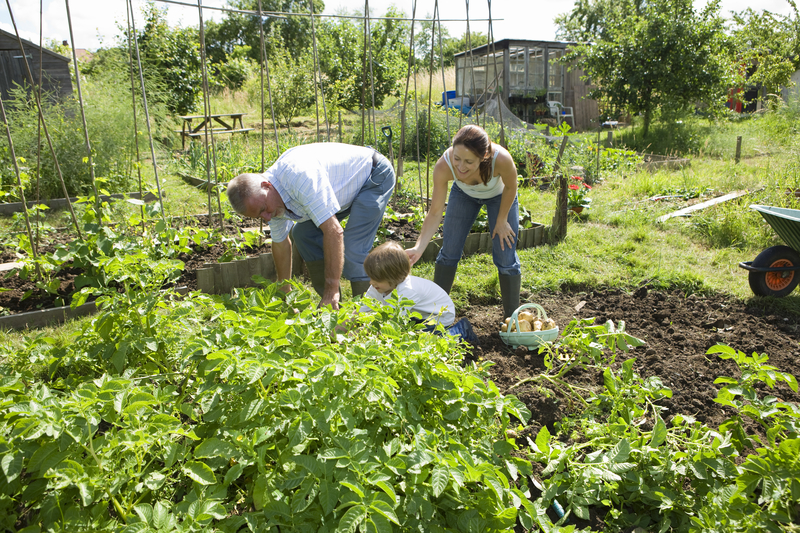If you live on a homestead, then it’s important to keep your costs low and to minimize the amount of time you spend with your plants since there are plenty of other tasks on your to-do list. These pointers should help you to achieve both without compromising your harvest amount.
1. No tilling. Tilling to temporarily set back weeds and/or loosen the soil has the exact opposite effect in the short term: stirring up the seed bank and bringing more weed seeds to the surface to germinate, while destroying the soil structure and decimating microbe and earth worm populations that are so vital to soil health.
2. Mulch and solarize. Sheet mulching is my preferred method, which is simply smothering the weeds with alternating layers of carbon and nitrogen rich material, starting with a layer of cardboard, and finishing it off with a nice thick (4 to 6 inch) layer of mulch.
The first 3 rules of gardening are: mulch (for weed suppression), mulch (for evaporation prevention), and mulch (for soil organic matter and microbe health). Another technique is to first “solarize” an area to prepare it for garden beds, which entails covering the area with a black tarp for 1-3 months during the warm season to cook the weeds to death. Once the tarp is removed, it’s important to reestablish a healthy soil food web with compost, compost teas, and mulch!
3. Minimize weeding. If I do see some aggressive quack grass or similar coming up, I simply smother it with a good sheet mulch. Trying to pull grass, and many other weeds, is absolutely futile, as you’ll quite often only encourage their regrowth by splitting their roots up.
4. Build rich soil. Weeds are often a response to poor soil structure, soil compaction and nutrient deficiencies, so building your soil by adding organic matter via green manures, ground covers, compost and compost teas, along with chop and drop techniques, will make a less-than-ideal growing situation for many species of weed.
5. Use a diversity of plants. Planting a variety of perennials with deeper root systems will create a more efficient nutrient cycle, bringing nutrients and moisture up from deeper down and competing less with your annuals, while also providing habitat and food for predators such as lacewings and parasitic wasps. Using more perennials means less replanting year after year and often leads to earlier harvests.
6. Minimize direct pest control. When you kill pest populations, not only are you usually also killing their predators, you’re ensuring that their predators don’t have time to build up their populations so that they can establish themselves and take the burden of having to control pest populations off you. Instead of trying to kill all the things eating your plants, try to identify what they are, and then, find out what eats them.
Do you have any other tips and tricks for saving time and money when it comes to gardening?
Article Source: Off The Grid News

Robyn Yeaman